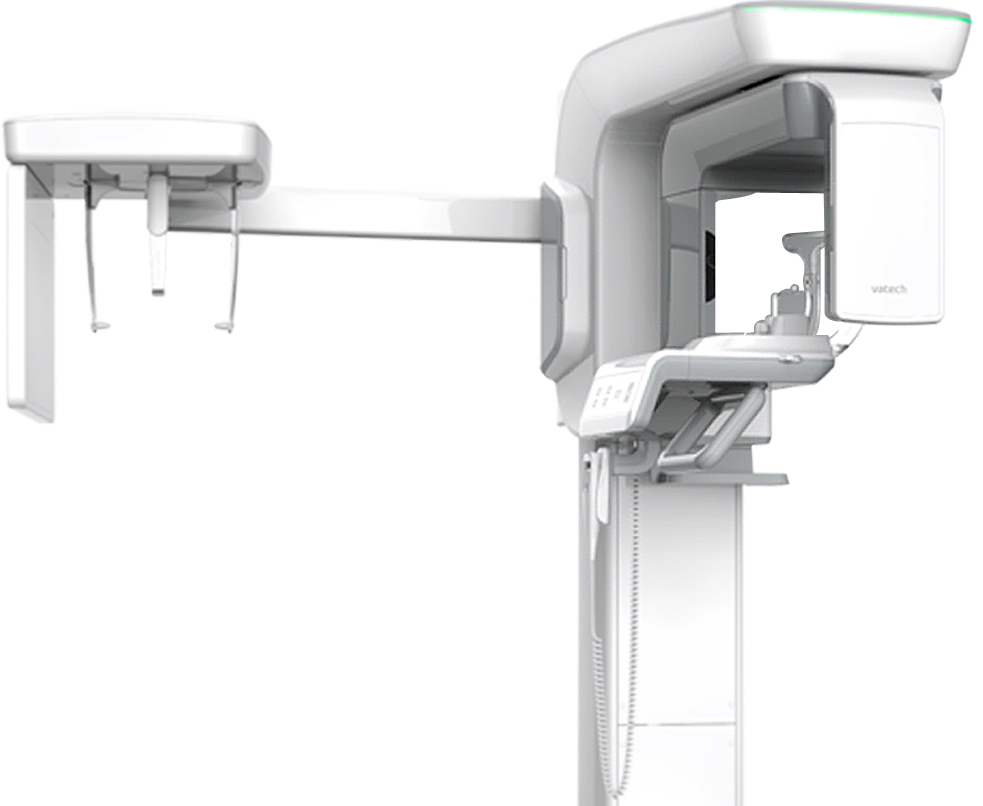Brake fluid is a critical component of a vehicle's brake system, playi…
페이지 정보
작성자 Monica 댓글 0건 조회 9회 작성일 24-05-21 10:26본문
How Does an Automatic Transmission Work?
Automatic transmissions use a complex system of gears, hydraulics, sensors, and computer-controlled components to automatically shift gears based on factors such as engine speed, vehicle speed, and throttle position. The transmission fluid plays a crucial role in transferring power from the engine to the wheels, allowing for smooth and seamless gear changes.
In conclusion, brake fluid is a vital component of a vehicle's brake system, and proper maintenance is essential to ensure the safety and performance of the brakes. Regular inspection, fluid replacement, and 2015 Scion FR-S 2.0L ECM Repair following the manufacturer's recommendations are key steps in maintaining a reliable brake system. Remember, when it comes to brake fluid, safety should always be a top priority.
Types of Brake Fluid:
There are several types of brake fluid available on the market, with the most common ones being DOT 3, DOT 4, and DOT 5. Each type has different specifications and properties, so it is important to use the correct type recommended by the vehicle manufacturer.
3. Longevity: By regularly replacing the Haldex filter, you can extend the lifespan of the Haldex system and avoid costly repairs or replacements in the future. Proper maintenance of the filter is essential for maximizing the durability and performance of your vehicle.
Replacing a cylinder head gasket is a complex and labor-intensive task that requires expertise and precision. Issues with a faulty or damaged cylinder head gasket should be addressed promptly to prevent further damage to the engine and ensure reliable performance. Common signs of a failing cylinder head gasket include engine overheating, coolant leakage, oil contamination, white smoke from the exhaust, and loss of compression.
6. Carburetor (in older vehicles): In older vehicles, a carburetor is used to mix fuel with air before it enters the engine. However, most modern vehicles use fuel injection systems in place of carburetors for more efficient fuel delivery.
What is an Automatic Transmission?
An automatic transmission is a type of transmission system in vehicles that is capable of changing gears on its own, without the need for the driver to manually shift gears. This is in contrast to manual transmissions, where the driver must engage the clutch and manually shift gears using a gear shift lever.
Function of Universal Joints:
The primary function of a universal joint is to transfer rotary motion from one shaft to another, even when the two shafts are not aligned in a straight line. The design of a universal joint consists of a cross-shaped yoke with bearings at each end, which allows for movement in multiple directions. As one shaft rotates, the universal joint allows the other shaft to rotate at a different angle, while still transmitting torque efficiently. This flexibility in movement makes universal joints essential components in a wide range of mechanical systems.
Importance of Brake Fluid Maintenance:
Proper maintenance of brake fluid is crucial for the overall performance and safety of the vehicle. Old or contaminated brake fluid can lead to several issues, including:
1. Reduced braking performance: Contaminated or degraded brake fluid can cause a decrease in braking efficiency, leading to longer stopping distances and reduced overall safety.
2. Component damage: Old brake fluid can cause corrosion and wear on brake system components, potentially leading to costly repairs or replacements.
3. Brake system failure: In extreme cases, neglected brake fluid can lead to brake system failure, resulting in a complete loss of braking ability and a serious safety hazard.
Types of Automatic Transmission Systems:
1. Traditional automatic transmission: This type of automatic transmission uses a torque converter to transmit power from the engine to the transmission, allowing for smooth gear changes.
2. Continuously Variable Transmission (CVT): CVT systems do not have traditional gears but use a belt and pulley system to provide an infinite number of gear ratios, resulting in smoother acceleration and improved fuel efficiency.
3. Dual-Clutch Transmission (DCT): DCT systems use two separate clutches for odd and even gears, allowing for faster gear changes and improved performance compared to traditional automatic transmissions.
4. Fuel Injectors: In modern vehicles, fuel injectors deliver fuel directly to each cylinder of the engine in a precise and controlled manner. This system improves fuel efficiency and engine performance.
2. Fuel Pump: The fuel pump is a crucial component that draws fuel from the tank and delivers it to the engine. It ensures that the right amount of fuel is supplied to the engine at the correct pressure.
Applications of Universal Joints:
Universal joints are used in a wide range of applications across various industries due to their ability to transmit rotary motion at varying angles. Some common applications include:
In conclusion, universal joints play a crucial role in transmitting rotary motion between misaligned shafts in various mechanical systems. By understanding their function, types, applications, and important considerations, engineers and designers can effectively integrate universal joints into their designs to improve overall system performance and efficiency.
Automatic transmissions use a complex system of gears, hydraulics, sensors, and computer-controlled components to automatically shift gears based on factors such as engine speed, vehicle speed, and throttle position. The transmission fluid plays a crucial role in transferring power from the engine to the wheels, allowing for smooth and seamless gear changes.
In conclusion, brake fluid is a vital component of a vehicle's brake system, and proper maintenance is essential to ensure the safety and performance of the brakes. Regular inspection, fluid replacement, and 2015 Scion FR-S 2.0L ECM Repair following the manufacturer's recommendations are key steps in maintaining a reliable brake system. Remember, when it comes to brake fluid, safety should always be a top priority.
Types of Brake Fluid:
There are several types of brake fluid available on the market, with the most common ones being DOT 3, DOT 4, and DOT 5. Each type has different specifications and properties, so it is important to use the correct type recommended by the vehicle manufacturer.
3. Longevity: By regularly replacing the Haldex filter, you can extend the lifespan of the Haldex system and avoid costly repairs or replacements in the future. Proper maintenance of the filter is essential for maximizing the durability and performance of your vehicle.
Replacing a cylinder head gasket is a complex and labor-intensive task that requires expertise and precision. Issues with a faulty or damaged cylinder head gasket should be addressed promptly to prevent further damage to the engine and ensure reliable performance. Common signs of a failing cylinder head gasket include engine overheating, coolant leakage, oil contamination, white smoke from the exhaust, and loss of compression.
6. Carburetor (in older vehicles): In older vehicles, a carburetor is used to mix fuel with air before it enters the engine. However, most modern vehicles use fuel injection systems in place of carburetors for more efficient fuel delivery.
What is an Automatic Transmission?
An automatic transmission is a type of transmission system in vehicles that is capable of changing gears on its own, without the need for the driver to manually shift gears. This is in contrast to manual transmissions, where the driver must engage the clutch and manually shift gears using a gear shift lever.
Function of Universal Joints:
The primary function of a universal joint is to transfer rotary motion from one shaft to another, even when the two shafts are not aligned in a straight line. The design of a universal joint consists of a cross-shaped yoke with bearings at each end, which allows for movement in multiple directions. As one shaft rotates, the universal joint allows the other shaft to rotate at a different angle, while still transmitting torque efficiently. This flexibility in movement makes universal joints essential components in a wide range of mechanical systems.
Importance of Brake Fluid Maintenance:
Proper maintenance of brake fluid is crucial for the overall performance and safety of the vehicle. Old or contaminated brake fluid can lead to several issues, including:
1. Reduced braking performance: Contaminated or degraded brake fluid can cause a decrease in braking efficiency, leading to longer stopping distances and reduced overall safety.
2. Component damage: Old brake fluid can cause corrosion and wear on brake system components, potentially leading to costly repairs or replacements.
3. Brake system failure: In extreme cases, neglected brake fluid can lead to brake system failure, resulting in a complete loss of braking ability and a serious safety hazard.
Types of Automatic Transmission Systems:
1. Traditional automatic transmission: This type of automatic transmission uses a torque converter to transmit power from the engine to the transmission, allowing for smooth gear changes.
2. Continuously Variable Transmission (CVT): CVT systems do not have traditional gears but use a belt and pulley system to provide an infinite number of gear ratios, resulting in smoother acceleration and improved fuel efficiency.
3. Dual-Clutch Transmission (DCT): DCT systems use two separate clutches for odd and even gears, allowing for faster gear changes and improved performance compared to traditional automatic transmissions.
4. Fuel Injectors: In modern vehicles, fuel injectors deliver fuel directly to each cylinder of the engine in a precise and controlled manner. This system improves fuel efficiency and engine performance.
2. Fuel Pump: The fuel pump is a crucial component that draws fuel from the tank and delivers it to the engine. It ensures that the right amount of fuel is supplied to the engine at the correct pressure.
Applications of Universal Joints:
Universal joints are used in a wide range of applications across various industries due to their ability to transmit rotary motion at varying angles. Some common applications include:
In conclusion, universal joints play a crucial role in transmitting rotary motion between misaligned shafts in various mechanical systems. By understanding their function, types, applications, and important considerations, engineers and designers can effectively integrate universal joints into their designs to improve overall system performance and efficiency.
- 이전글Link Developing Services For Agencies, Marketers & Search Engine Optimisation 24.05.21
- 다음글Pièges à Truffes 24.05.21
댓글목록
등록된 댓글이 없습니다.






























